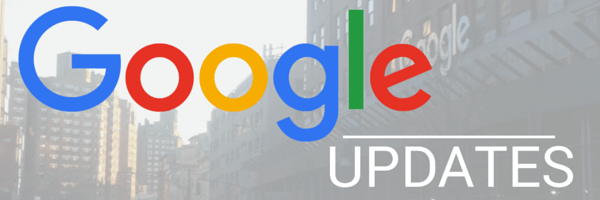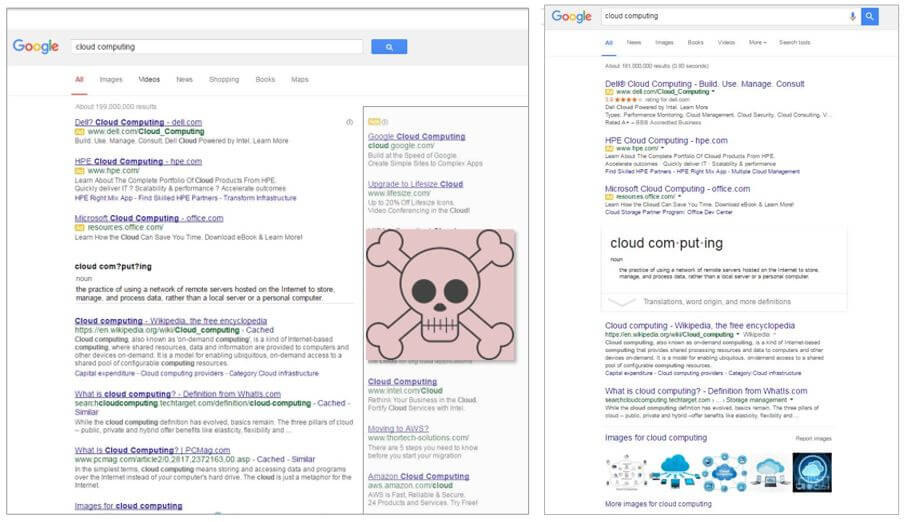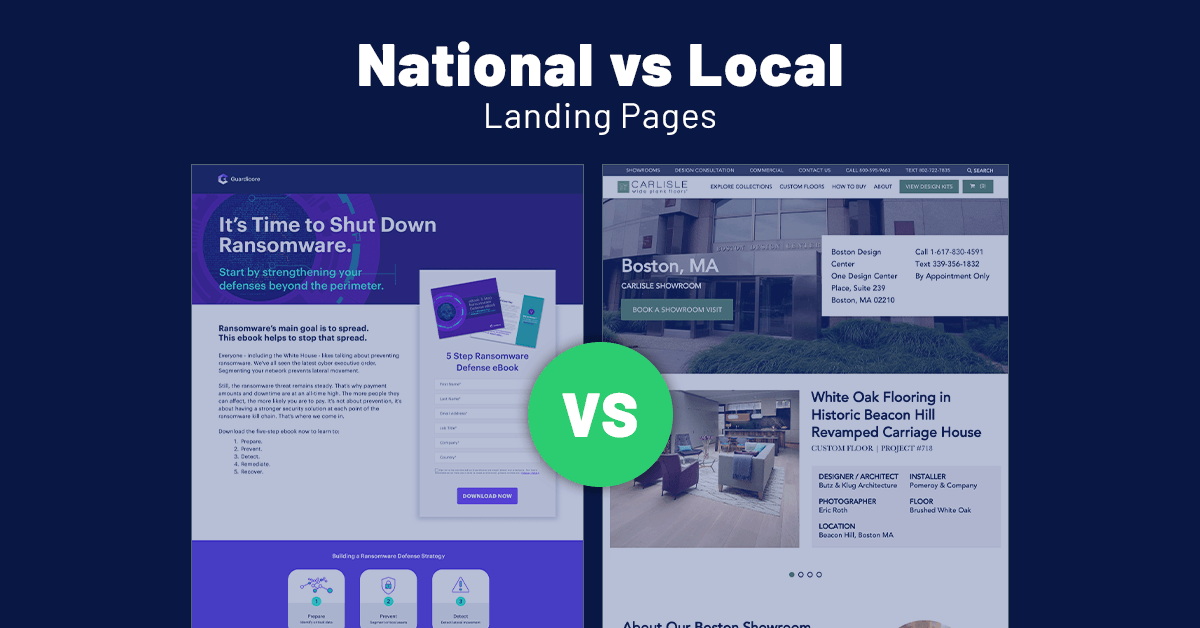
Google Desktop Mirrors Mobile Experience – Now Only Showing 7 Ads
Google Advertising has had a major modification to how it will display your ads, with desktop search result pages to begin mirroring the mobile user experience. On February 19th it was reported that Google will be phasing out ads on the right side of search result pages for desktop users, which means that instead of eleven ads potentially showing on a search engine result page, there are now a maximum of seven ads, four on top and three on the bottom of the page. The real-estate where the right rail ads were previously will be replaced with more instances of the Knowledge Graph, Product Listings, and more “quick information” visuals. The change is part of a larger change Google is making to align AdWords as a native offering that is less intrusive and more relevant to users.
Overdrive Interactive’s Director of Search and Media, Michael Orlinski, says that while this change means that there will be a smaller amount of inventory, it may not result in a long term higher cost per click. Google AdWords is an auction-based system and most paid search marketers are driven by ROI, so unless a sweeping over reaction occurs there should be little flux with the removal ads. In Boston this change was visible starting on 2/22 and early results have had little change with overall clickthrough rates now that there is 27% less ads per search result page.
Example Query Before and After the Update:

“cloud computing” search results on 02/06/2016 (left) and on 02/23/2016 (right)
What could this mean?
While Google will now technically show seven ads, the top four will drive the majority of significant traffic. Michael and his team speculate that in the near future these four spots may become highly competitive. The good news is that in the days since the launch we’ve done a few small recalibrations of ad positions but clickthrough rates and cost per clicks have not severely changed. It’s too early to tell the full effect as our initial speculation was that with the decrease in number of ads we would have seen a relative decrease in impression volume, but with several days into this update we have yet to see any spikes.
With four ads now appearing above the organic listings, compared to the previous three, we could see some organic traffic fluctuations as users may mistake organic and paid listings early on.
What are we doing today?
- As always it’s crucial to refresh and monitor ad performance on regular intervals to test different messaging, offers, and benefits
- Use as many ad text extensions as possible and continually test new sitelinks, callouts…
- Preparing for some changes in top of funnel paid search metrics, particularly impression volume
- Monitoring for this change to influence organic performance
The silver lining here is that the whole world is affected by this change and everyone is on the same playing field and will need to be adjusting their Google AdWords tactics. If you have any questions about this exciting change to the Google landscape, or about how to manage your paid search programs, please feel free to reach out to us.




